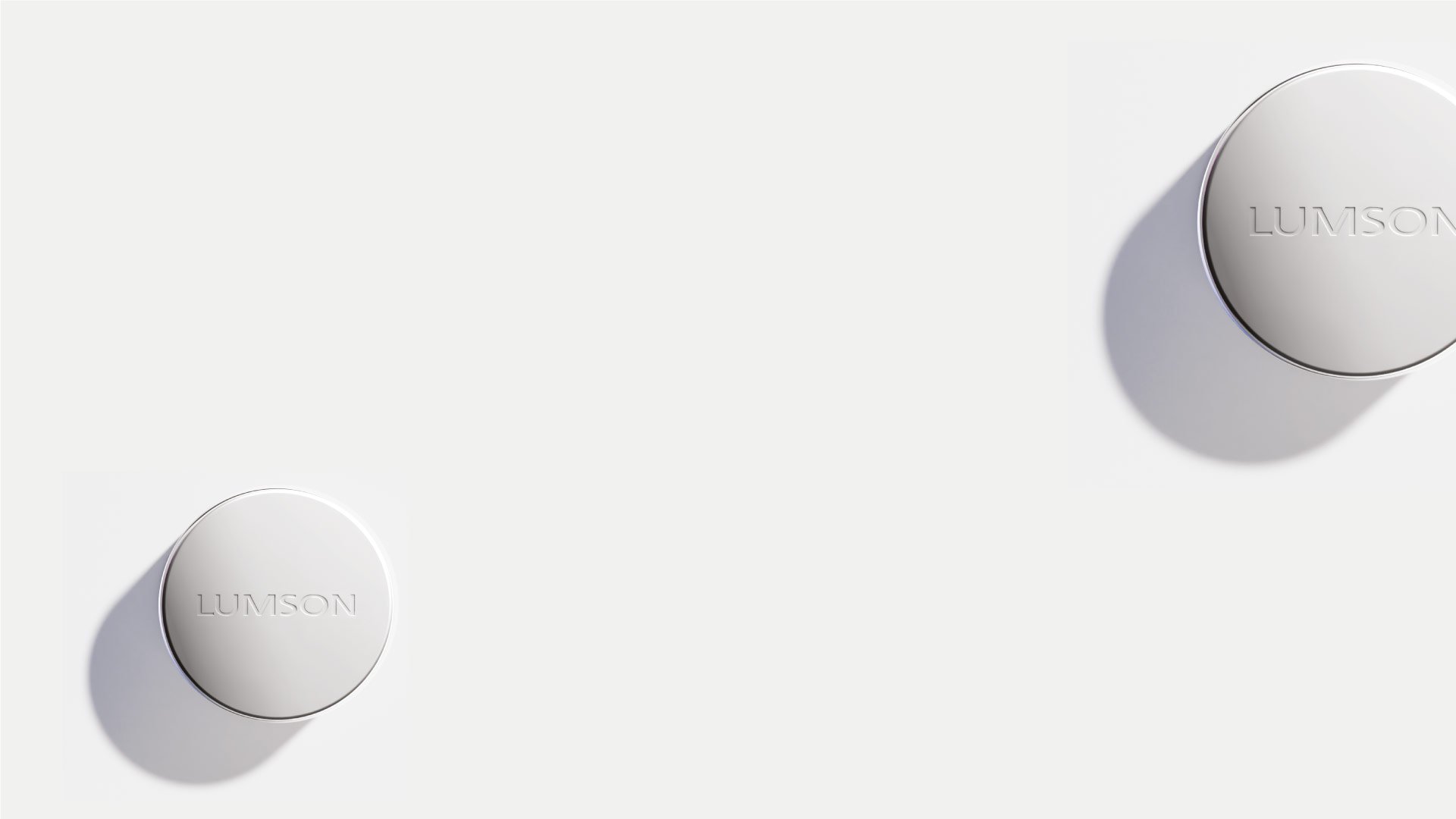Beauty Without Borders:
The Global Rise of Cosmetics
BEAUTY, A GOLDMINE OF A MARKET
The global cosmetics market keeps growing. According to data from the Euromonitor International, the global cosmetic industry has recorded steady growth over the last five years, with an annual growth rate of 3% projected for the period 2025-2029. In 2025, revenue is expected to reach $610,4 billion, marking a 2,9% increase compared to 2024. While the most established markets are investing in innovation and new formulations, driving global tendencies also thanks to the presence of new digital tools, like social media and web technologies, new strategic regions emerging on the market are assuming an increasing pivotal role, driven by the demographic growth and the access to information offered by the internet.
EUROPA CAPUT MUNDI
While also in 2025 the USA confirms its leadership as the world’s largest cosmetics market, with a value of $126,3 billions (+1,5% compared to 2024), followed by China (with a $75,9 billion and a growth rate of 1,7%), Brasil (with $24 billion and a +5,9% compared to 2024) and Japan ($28,8 billion), the Old Continent still plays a fundamental role: among the top 10 best-performing markets for the 2025 there are Germany (5th place with $24 billion), the UK (6th place with $21,7 billion), France (9th place with $17 billion) and Italy.
Our country, which is expected to reach a revenue of $15,2 billion (+3,4% compared to the previous year), also confirms its position among the world’s top six cosmetic exporters, with an export value that reached $8,4 billion in 2024 (source: Cosmoprof of Worldwide Bologna).
In 2023, European consumers spent $181 billion on beauty and personal care products, equivalent to nearly €500 million per day, with an average expense of €33,70. But that is not all. Europe plays a leading role on the global beauty stage. In fact, Europe is the world’s largest exporting region and is home to 5 of the top 7 beauty companies worldwide.
In 2024, the world’s top 10 main exporters included: France, as main global exporter with more than $25 billion, Ireland (ranked 3rd with $12,2 billion), Germany (4th with $11,7 billion) and Italy (6th with $8,4 billion).
Italy, however, continues to stand out. Ranked 6th among the main global exporters, with $8.4 billion, the country plays a key role throughout the beauty supply chain. According to data shared at Cosmopof Worldwide Bologna, Italy is ranked 3rd country in UE27 for the sector’s contribution to GDP, with a value of $28,3 billion.
It also stands out as a global leader in makeup production (accounting for 67% of the European total and 55% worldwide), and in exports, in addition to having the highest concentration of cosmetic wholesalers in the European Union.
GENERATIONS IN COMPARISON
The demographic map of beauty consumers also reserves some interesting surprises. Each generation involved in the purchasing process requires tailored communication and marketing strategies. That is why it is essential to monitor who are the most responsive consumers today and tomorrow.
At the center of attention for retailers is Generation Alpha, meaning those who were born between 2010 and 2024. While today they represent “only” 19,5% of the global population, with a spending power equal to the 10,6% of the total market value, they are expected to reach $2 billion for the 2029. They discover beauty through TikTok and Youtube, influencing even older generations. Curious and informed, they are less sophisticated in their preferences compared to more mature consumers.
If Generation Alpha represents “the future”, the present belongs to the Millennials, the main trendsetters and the most active online beauty shoppers. Quality-conscious, 68% remain loyal to their favourite brands even in challenging economic times, preferring them over cheaper alternatives – they are also highly sustainability-driven: 80% expect “clean” brands and 51% actively seek vegan products.
However, Generation X holds the greatest purchasing power, representing 18,3% of the global population. Between 2024 and 2034, their spending in the beauty sector is expected to grow by $150 billion, accounting for 20% of purchases in both the masstige and prestige segments, with a total value of around $23 billion. They prefer high-performance products and are key advocates for longevity and new anti-aging approaches. Retailers and brands are increasingly turning their attention towards this group, as well as towards the Boomers. They are loyal consumers, who value tailored, high-quality services, women over 55 are the only demographic to have increased their beauty product purchases since 2019, with a 2% rise bewteen 2019 and 2023 and a further 5% growth since 2022.



